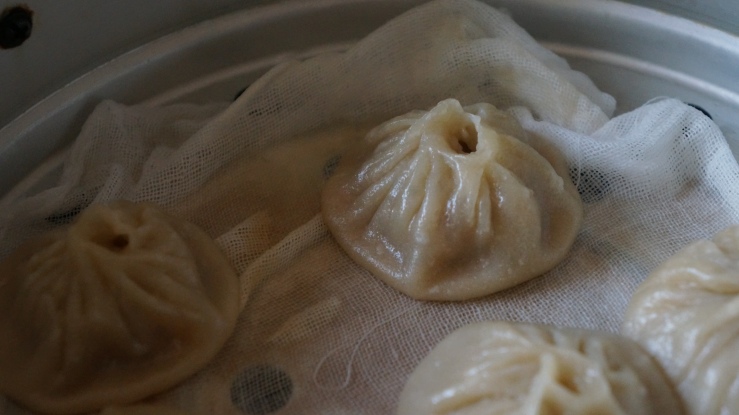
Shanghai soup dumplings, known as xiao long bao in China, are honestly some of my favorite things in the world to eat. A delicate, feather-thin wrapper surrounds a savory pork filling; when you take your first bite, you have to take a second to collect the delicious soup that pours out in a spoon, drink it, and then continue eating the dumpling. As amazing as they are to eat, they are supposed to be time-consuming and difficult to make: traditionally, the soup in each dumpling is put there by first making a pork broth out of connective tissues (usually skin). This broth is both savory and rich in gelatin, and when cooled, solidifies and can be cut into tiny chunks that are mixed up with the pork filling. Upon being steamed, the chunks melt back into soup, and fill the interior of the dumpling. Unfortunately, the broth also takes forever to make. The skins are also difficult to roll thin-enough, and absolutely must be made with a dough that was made with boiling hot water. This process denatures proteins in the dough that would otherwise form gluten complexes, and reduces the springiness of the dough to allow the dumpling skins to keep their shape better and have a denser chew.

A time-saving tip I first saw on Chefsteps was to use pre-prepared broth and simply add gelatin to make the “soup chunks.” That way, you skip all the time trying to extract and convert the collagen in the pork skin into gelatin. I would suggest that anyone who wants to make these head over to their instructions: normally, I like to work things out for myself, but their recipe is from Andrea Nguyen, who is immensely experienced with Asian cuisine. If I were to make any suggestions, it would be that the ball of dough can be cut into more than the 24 pieces they recommend, and each piece should be rolled out a little thinner than they show.

Man, were these good. I’m going to make them again as soon as I can. Next time I’m going to try to score some of the ground pork from Costco, which tends to be really fatty (read: delicious).
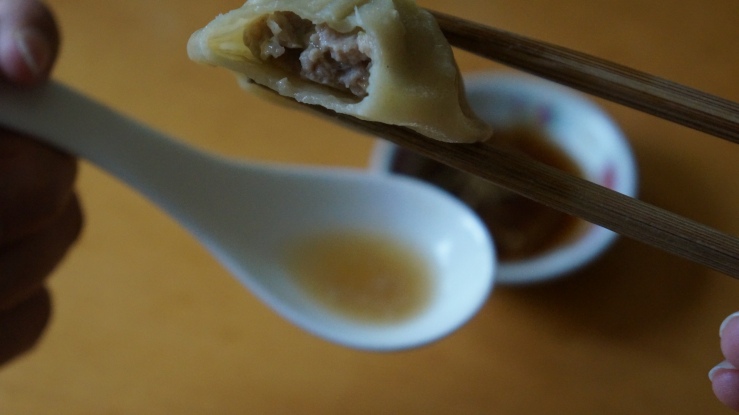
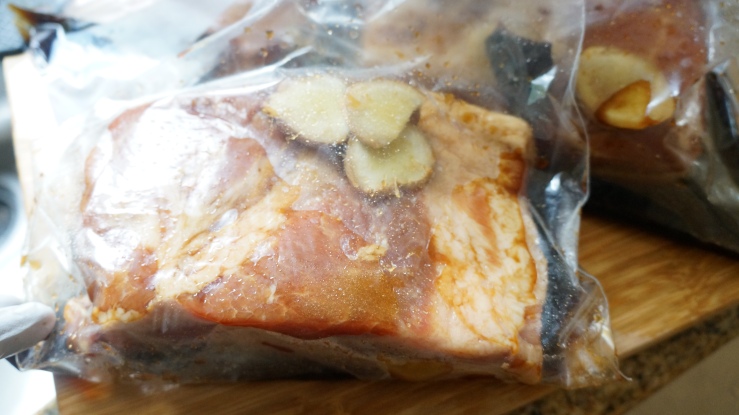
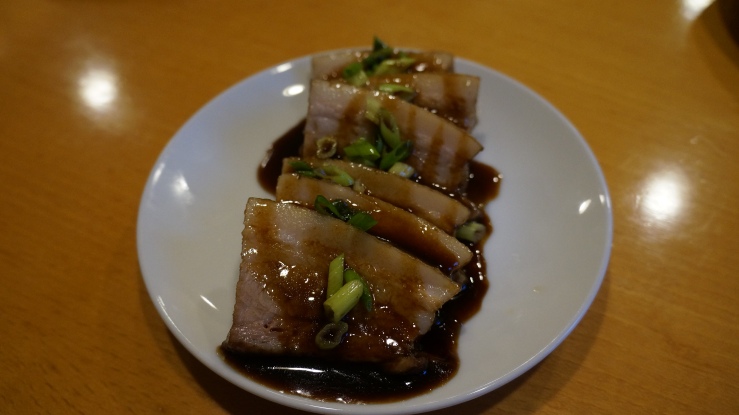
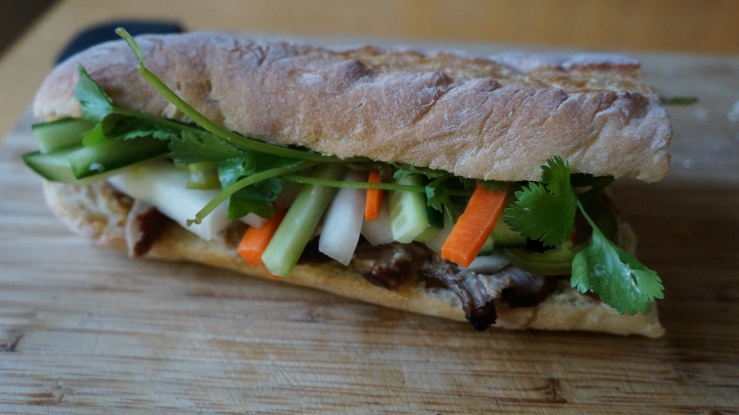


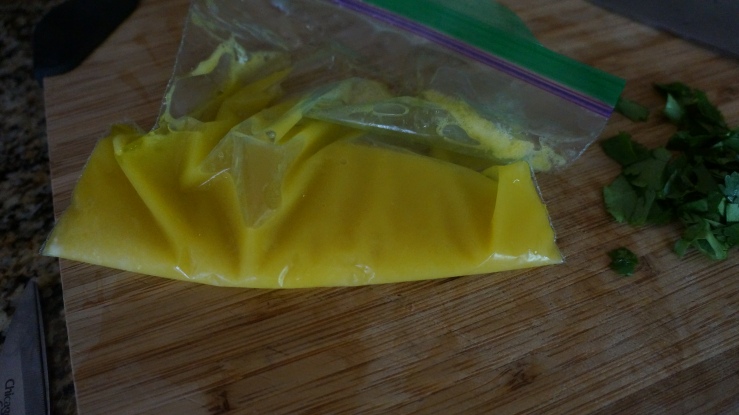


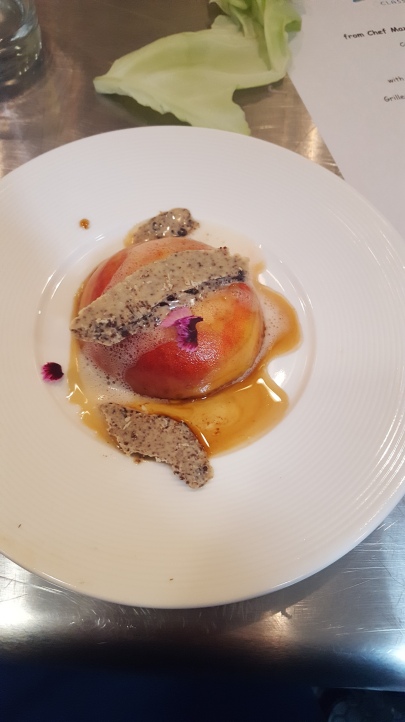

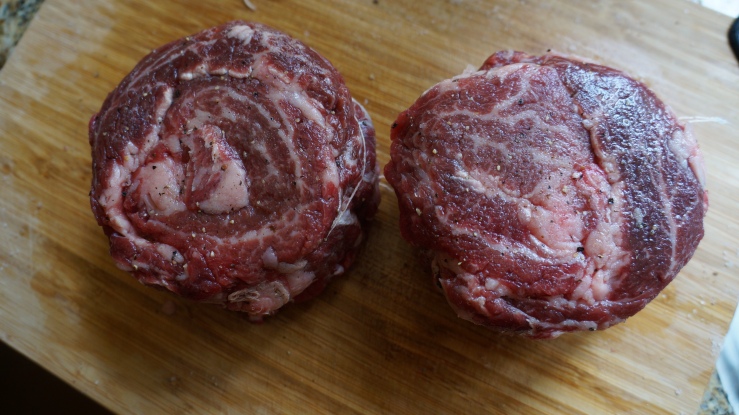

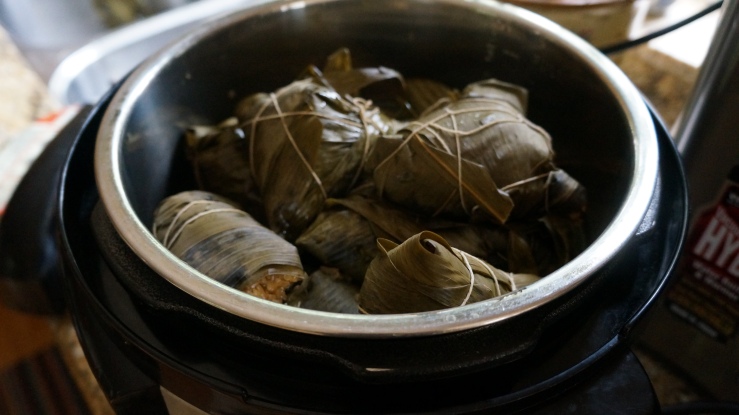

![DSC01288[1] DSC01288[1]](https://xuea.files.wordpress.com/2016/07/dsc012881.jpg?w=366&resize=366%2C205&h=205#038;h=205)
![DSC01289[1] DSC01289[1]](https://xuea.files.wordpress.com/2016/07/dsc012891.jpg?w=365&resize=365%2C205&h=205#038;h=205)
![DSC01290[1] DSC01290[1]](https://xuea.files.wordpress.com/2016/07/dsc012901.jpg?w=366&resize=366%2C205&h=205#038;h=205)
![DSC01197[1] DSC01197[1]](https://xuea.files.wordpress.com/2016/07/dsc011971.jpg?w=365&resize=365%2C205&h=205#038;h=205)